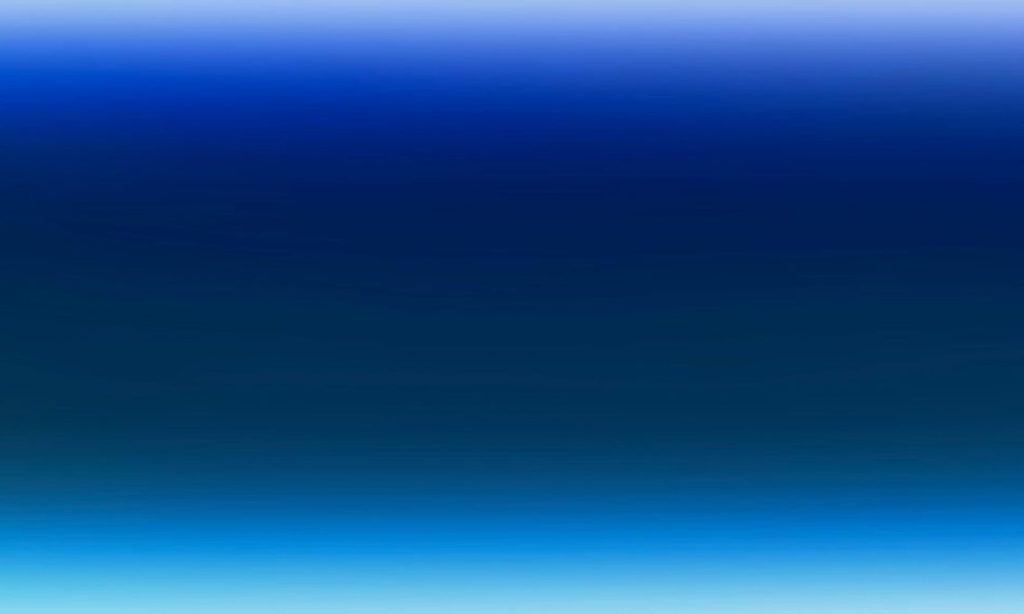I’m now conducting the questionnaire in order to gather more informations, but it’s a bit difficult to find enough audience, I will keep going with this, but pay more attetion to my forthcoming strategy , it involves the implementation of focused case studies. To assemble participants, I intend to launch an open call through social media. After having their consent, I aim to share their valuable insights across these platforms as one of my interventions, with the hope of extending support to a wider audience. Additionally, I’ve been contemplating the concept of creating an “alumni book” as my final intervention. This would involve inviting stakeholders to contribute their reflections, emotions, and suggestions, accompanied by sketches. This practice is often observed in China during early school graduations. I believe adapting this activity could serve as an effective means to not only foster a sense of collective participation but also to evoke cherished memories for all stakeholders involved.
The following is the statement I have written for the open call:
During this year’s graduation season, I’ve attended numerous graduate exhibitions and encountered many remarkable artworks. The experience of witnessing this graduation season has been truly awe-inspiring, because it seems to observing a grand conflagration. It’s reminiscent of some kind of British art school Burning Man festival: a multitude of people who, after the celebration, must peel off their disguises, shed their creations, and return to reality. During this period, I’ve engaged in conversations about leaving or staying, how to stay, and the incessant theme of survival , reminded me of my graduation years’ experience, as well as the shared exist crisis – like a subtle melancholy akin to the untraceable scent of ashes, intangible yet hauntingly present, signifying the gradual fading of something somewhere.
We reside in a bustling era, where the majority are in pursuit of success, marching hastily. The mainstream media and general environment have consistently woven narratives of triumph and positivity. Capitalism lures us to self-realize at the same time induces us to self-attribution: if you haven’t succeeded, lack wealth, and find yourself still sinking, it’s your own fault. But is it truly so? If we forget to take a step back and examine the broader system and structure, perhaps that’s precisely what it desires. Yet, what guides us elsewhere isn’t fate, but choices shaped by layers of factors – societal, systemic, cultural, economic, and more. As Alain de botton said, culture is the history of human pain. Now, the blurring of boundaries between culture and economics gradually erodes open discussions about negativities such as suffering and adversity. Even though positive narratives are more likely to attract attention, they aren’t the only topics worth discussing. Individual experiences and dilemmas are crucial, binding us through shared connections, ridding us of isolation and shame.
Therefore, I would like to invite the UK-based Chinese graduate artists navigating the ebb and flow (or perhaps the surf), to share their insights/dilemmas. Let’s talk about the existence, balance, conflicts, anxieties, crises faced while in this country. This survival chronicle aspires to craft an intangible ocean, embracing more friends in the water, offering them resonance, comfort, or even inspiration.

